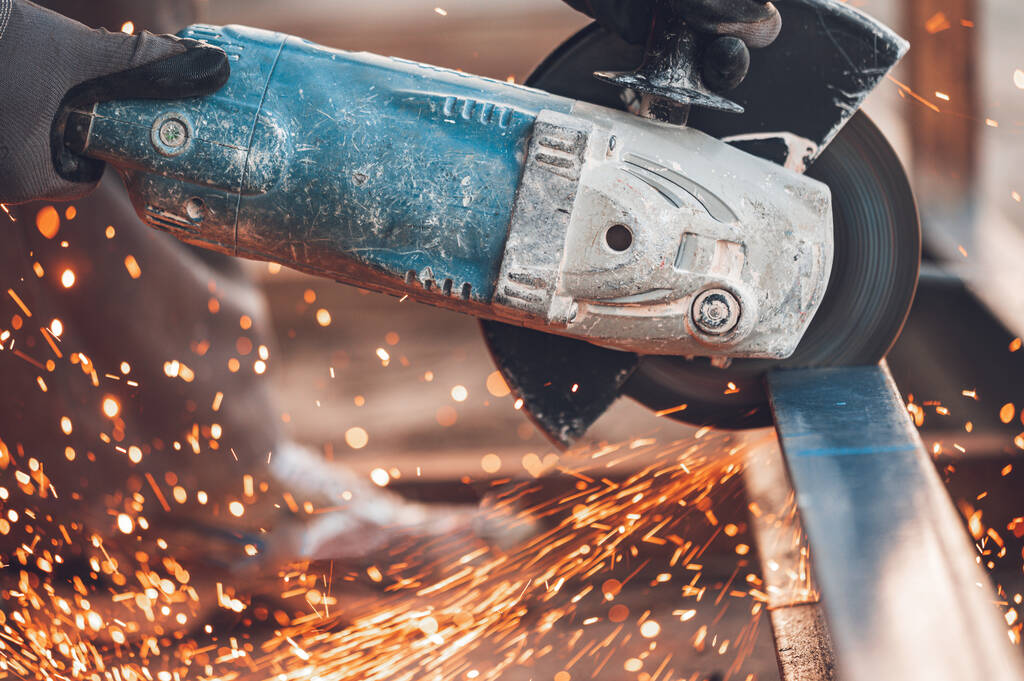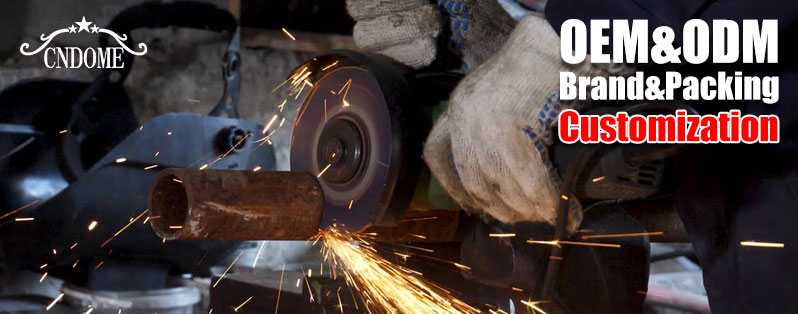Cutting metal isn’t just about brute force—it’s about choosing the right disc for the job. Whether you’re working with carbon steel, stainless, aluminum, or rebar, selecting the proper cutting disc can save you time, protect your tools, and give you a cleaner cut.
In this guide, we break down the essentials of cutting discs for metal applications.
🌀 What Is a Cutting Disc?
A cutting disc (also called a cut-off wheel) is a thin, circular blade designed to slice through metal and other materials using high-speed rotation—typically on an angle grinder or stationary cut-off machine.
The most common cutting discs for metal are resin-bonded abrasive wheels, known for their affordability and speed.
Learn more about cutting wheels from Dome Abrasives.

🏗️ What Metals Can You Cut?
Cutting discs can be used on a wide variety of metals, including:
- Mild steel / Carbon steel
- Stainless steel
- Aluminum
- Cast iron
- Rebar, pipe, and structural steel
Specialized discs (such as INOX cutting wheels) are made for stainless steel to prevent discoloration and corrosion.
Check out Dome Abrasives’ cutting wheel guide for more.
🔍 How to Choose the Right Cutting Disc
Here are some quick tips:
1. Material Compatibility
Use a disc designed for the type of metal you’re cutting. For example:
- Aluminum → use non-loading discs
- Stainless steel → use INOX/resin discs with no iron contamination
2. Disc Size
Common sizes include:
- 4.5″ (115mm) – portable, ideal for angle grinders
- 7″ (180mm) – larger hand-held or bench grinders
- 14″ (350mm) – chop saws for structural steel
3. Disc Thickness
- Thin (1.0–1.2 mm) – fast, clean cuts with less heat
- Thicker (2.0–3.2 mm) – better durability for heavy-duty use
Explore disc size and grit specs at Dome abrasive wheel selection.
⚙️ Resin-Bonded Cutting Discs: Why They Matter
Resin cutting discs are known for:
- 🔸 High speed performance
- 🔸 Minimal burrs
- 🔸 Low heat build-up
- 🔸 Cost-effectiveness
They’re commonly reinforced with fiberglass mesh for safety and strength. Learn more from Dome’s guide to resin bond abrasives.
🛑 Safety First
Always follow safety precautions:
- Wear eye protection, gloves, and hearing protection
- Use a guarded grinder
- Never use a cracked or damaged disc
- Ensure correct RPM rating matches your tool
✅ Final Thoughts
A good cutting disc isn’t just a tool—it’s a performance upgrade. The right disc helps you work faster, safer, and more precisely. Whether you’re fabricating, welding, or dismantling, make sure you’ve got the right disc for the job.

